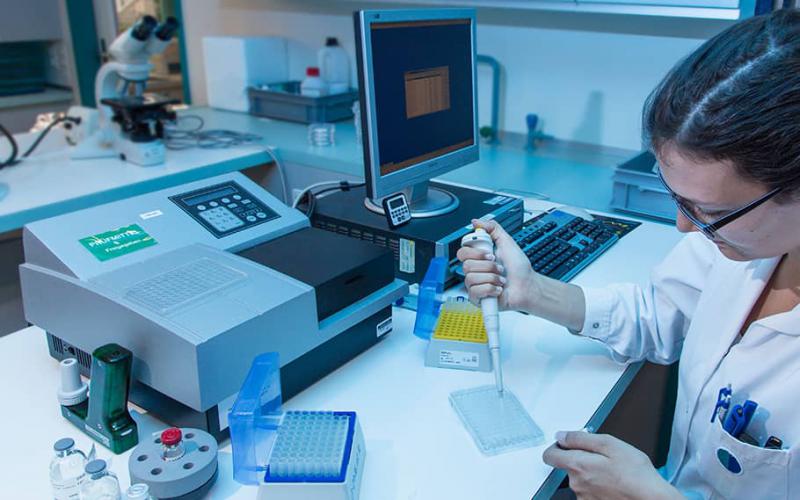
Bacterial Endotoxin (LAL) Analysis
Bacterial Endotoxin (LAL) Analysis
Contents
Bacterial endotoxin testing plays a critical role, especially in evaluating the safety of medical products and devices. This test is used to detect lipopolysaccharides (LPS) or endotoxins in the outer membranes of Gram-negative bacteria that can cause fever in humans. The presence of endotoxins in products such as injectable drugs, implants, dialysis solutions and some medical devices is potentially dangerous.
The most commonly used method for bacterial endotoxin testing is the LAL (Limulus Amebocyte Lysate) test. This test uses an enzyme derived from amebocytes in the blood of the horseshoe crab (Horseshoe Crab) Limulus polyphemus. LAL exhibits a coagulation reaction in the presence of endotoxin.
LAL testing can be performed in three main formats:
1. **Gel Coagulation Method**: This is the simplest method of LAL testing. After mixing the sample and LAL reagent, a gel coagulation is formed in the presence of endotoxin. If gel formation is observed, this indicates the presence of endotoxin.
2. **Turbidimetric (Cloud) Method**: This method works based on the turbidity level of the coagulation formed in the presence of endotoxin. A special spectrophotometer detects the time and speed at which coagulation begins.
3. **Chromogenic (Color) Method**: This method works using substrates that produce a color change in the presence of endotoxin. A special spectrophotometer measures the color change.
Some advantages and disadvantages:
- **Gel Coagulation Method**: Its advantages include simplicity and speed. However, this method does not provide quantitative results and only detects the presence of endotoxin above a certain threshold value.
- **Turbidimetric and Chromogenic Methods**: These methods provide quantitative results, therefore they are capable of determining a specific endotoxin concentration.
Depending on the sample type and sample content being tested, false positive or false negative results may occur. Therefore, proper sample preparation and dilutions are important before performing LAL testing.
In addition, work continues on the development and use of synthetic alternatives (eg recombinant factor C (rFC)-based tests) as the horseshoe crab population needs to be preserved. These alternatives are recognized as an alternative to the traditional LAL test, especially considering sustainability and ethical issues.

